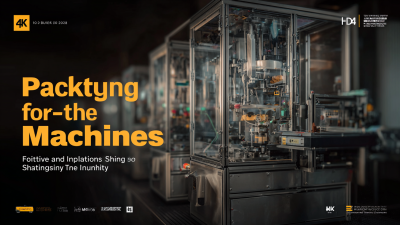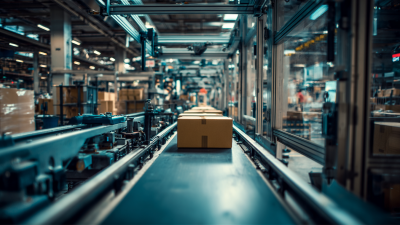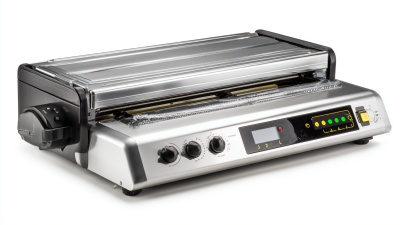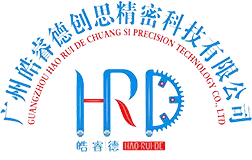Leave Your Message
In today's fast-paced business environment, efficiency and organization are paramount, making the selection of the right Label Printer Machine a critical decision for success. Whether you're operating a small retail shop or managing a large warehouse, the ability to produce high-quality labels quickly can streamline your operations and enhance your brand's professionalism.
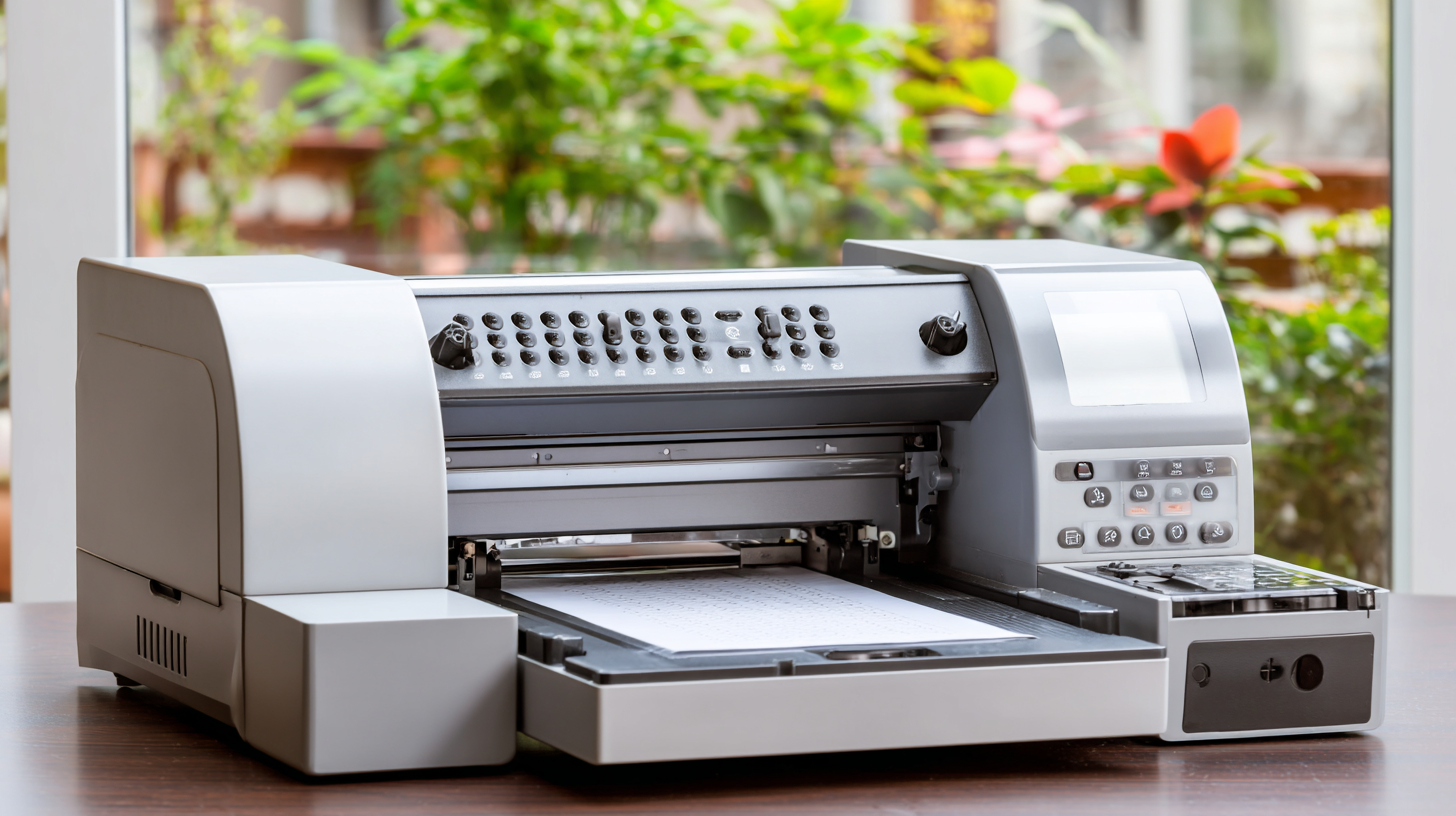
However, with a plethora of options available in the market, navigating through the features and functionalities of different label printers can be overwhelming. This ultimate guide aims to simplify that process, providing valuable insights into the key factors to consider when choosing a Label Printer Machine that aligns with your business needs. From understanding printing technologies to evaluating label design software, we will equip you with the knowledge necessary to make an informed choice that boosts productivity and meets your labeling requirements.
When choosing a label printer for your business needs, it's essential to understand the three primary types of printers: thermal, inkjet, and laser. Each of these options has its unique advantages and is suited for different applications. Thermal label printers are known for their speed and efficiency, making them ideal for high-volume labeling tasks. They use heat to transfer ink onto label stock, resulting in durable prints that are resistant to fading and smudging. This technology is particularly beneficial for shipping labels, barcodes, and product labels.
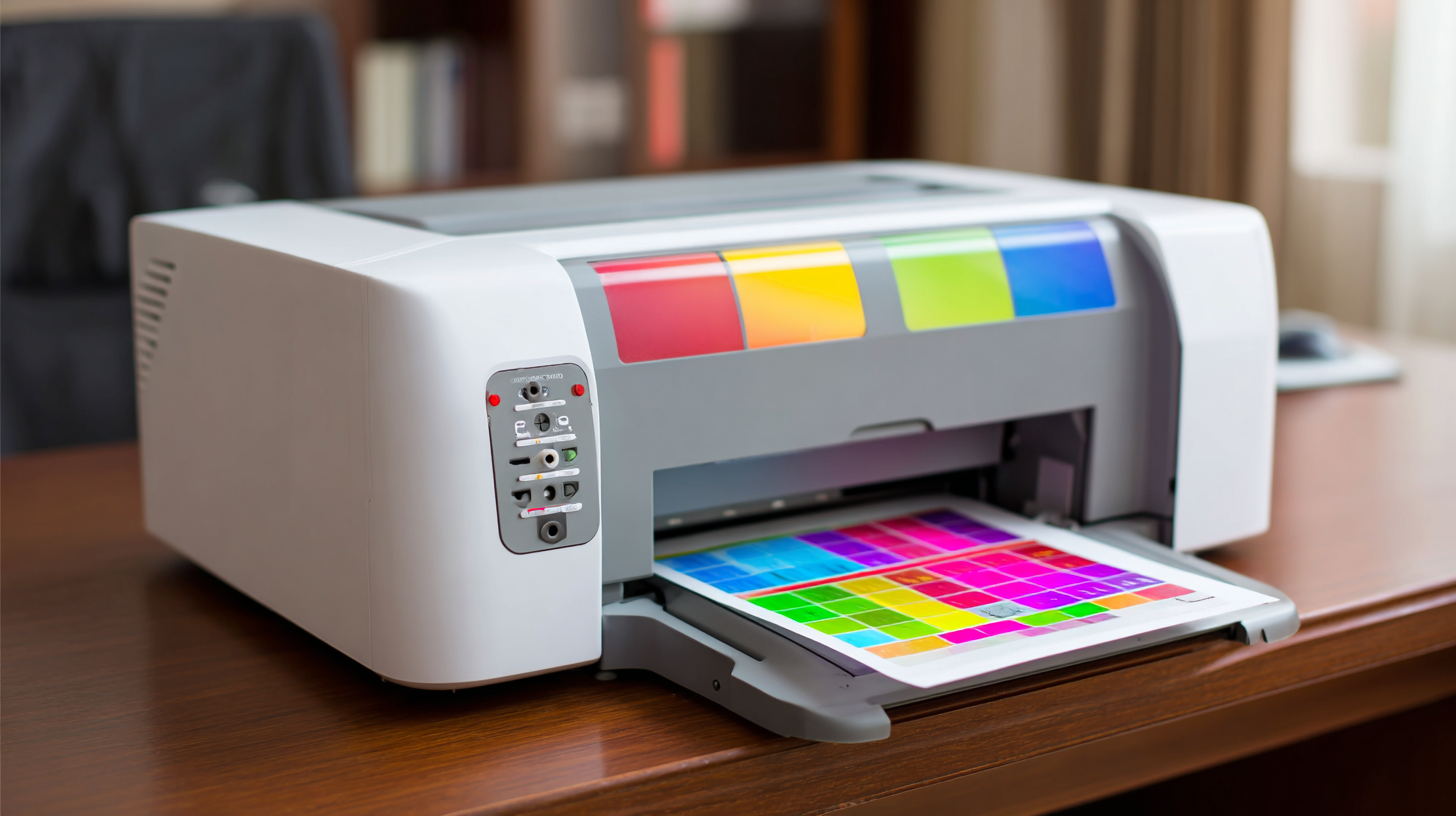
On the other hand, inkjet printers provide vibrant colors and intricate designs, which can be crucial for brands looking to make an impact with their labels. Inkjet printers are versatile, capable of printing on various materials with high-resolution graphics, suitable for product packaging or promotional materials. However, they can be slower and require more maintenance than thermal printers. Lastly, laser printers excel in producing sharp text and graphics quickly, making them a good choice for office environments or where larger quantities of labels are needed at once. Understanding these differences will help you make an informed decision that aligns with your business needs.
When it comes to selecting the right label printer for your business, several key factors must be considered to ensure optimal functionality and efficiency. First and foremost, assess the specific labeling needs of your business. Consider the types of labels you will be printing, such as shipping labels, product labels, or barcode labels, as well as the volume of printing required. According to recent market insights, the global label printer market is expanding significantly, driven by the rise of e-commerce and advancements in technology. This indicates a growing demand for versatile label solutions that cater to various business applications.
Next, evaluate the technological features of the label printers available. In 2025, thermal label printers are gaining traction due to their reliability and efficiency, particularly for high-volume tasks. Notably, they offer benefits like faster printing speeds and lower long-term costs since they eliminate the need for ink or toner. Additionally, compatibility with existing software and hardware systems is crucial, as seamless integration can greatly enhance productivity. The ongoing growth in the label printer sector suggests that investing in a capable machine may provide a competitive edge, especially for small businesses looking to streamline operations.
| Key Factors | Description | Examples/Specifications | Ideal for |
|---|---|---|---|
| Print Quality | Resolution in DPI (dots per inch) affects clarity and detail. | 300 DPI, 600 DPI | High-quality labels and tags |
| Print Speed | Measured in labels per minute, determines efficiency. | 30 lpm, 60 lpm | High-volume production environments |
| Connectivity | Options for connecting with computers or networks. | USB, Ethernet, Bluetooth | Offices and warehouses with multiple users |
| Media Compatibility | Types of labels and media the printer can use. | Paper, vinyl, plastic | Versatile labeling needs |
| Software Compatibility | Compatibility with existing design software or operating systems. | Windows, Mac, graphic design software | Businesses with dedicated graphic design teams |
| Cost | Initial investment and ongoing maintenance expenses. | $200 - $3000 | Businesses of all sizes |
The market for label printers is witnessing a significant surge, driven by various industry trends that reveal the increasing demand for labeling solutions across multiple sectors. According to a report by Smithers Pira, the global label printer market is projected to reach $54.1 billion by 2023, growing at a CAGR of 6.5%. This growth can be attributed to the rising need for efficient inventory management, compliance with regulations, and enhanced branding capabilities that labels provide.
Moreover, the e-commerce boom has significantly influenced the demand for label printers. A study by Research and Markets indicates that over 60% of businesses in the e-commerce sector have reported an increase in their packaging and labeling needs. As companies strive to enhance the customer experience through personalized packaging and faster shipping, the need for reliable and high-quality label printers has become paramount. The move towards sustainability has also encouraged the adoption of eco-friendly labeling solutions, further driving market growth and innovation in printer technology.
When selecting a label printer for your business, two of the most critical factors to consider are print quality and speed. High print quality is essential for creating professional labels that effectively represent your brand and enhance your products. Labels with crisp, clear text and vibrant colors not only convey important information but also attract customers' attention on shelves and in marketing materials. Therefore, investing in a printer that offers advanced printing technologies, such as thermal transfer or digital printing, can significantly elevate your brand's visibility.
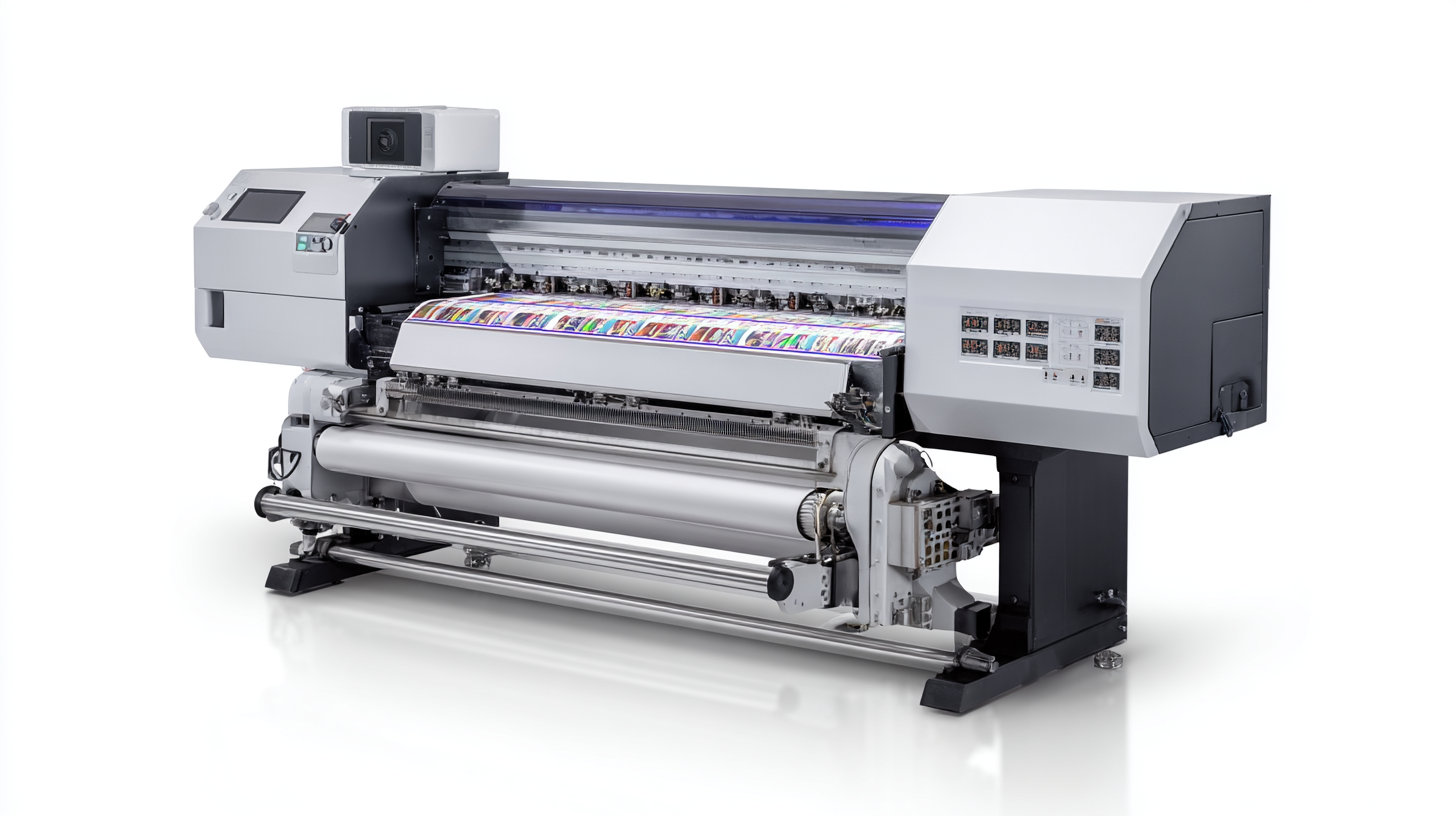
Speed is equally vital, particularly for businesses with high-volume labeling requirements. A fast label printer can streamline your operations, reducing wait times and allowing for more efficient production processes. Whether you are printing shipping labels in bulk or preparing product labels for a retail launch, time savings can lead to increased productivity and, ultimately, enhanced profitability. When evaluating different models, consider their printing speeds, measured in labels per minute, and assess whether they meet your operational demands. Balancing both print quality and speed will ensure that you choose a printer that not only fulfills your immediate needs but also adapitates to future business growth.
When it comes to selecting the right label printer for your business, understanding the total cost of ownership is crucial. Budgeting for the initial purchase price is just the beginning. Many businesses overlook the ongoing expenses associated with maintenance and material supplies. A high-quality label printer may come with a higher upfront cost, but the investment could save you money in repairs and replacement parts in the long run. On the other hand, a cheaper model might seem appealing initially but could lead to higher costs due to frequent malfunctions.
Another vital aspect to consider is the cost of consumables, including labels, ink, and toner. Some printers require proprietary supplies that can be quite expensive, while others utilize more affordable, generic options. It's important to analyze your expected volume and frequency of label printing to estimate these recurring costs accurately. By accounting for purchase, maintenance, and material supply expenses thoroughly, you can ensure that your label printer choice aligns with your financial strategy, ultimately supporting your business's growth and efficiency.
This chart illustrates the average costs associated with purchasing, maintaining, and supplying materials for label printers used in small businesses.

